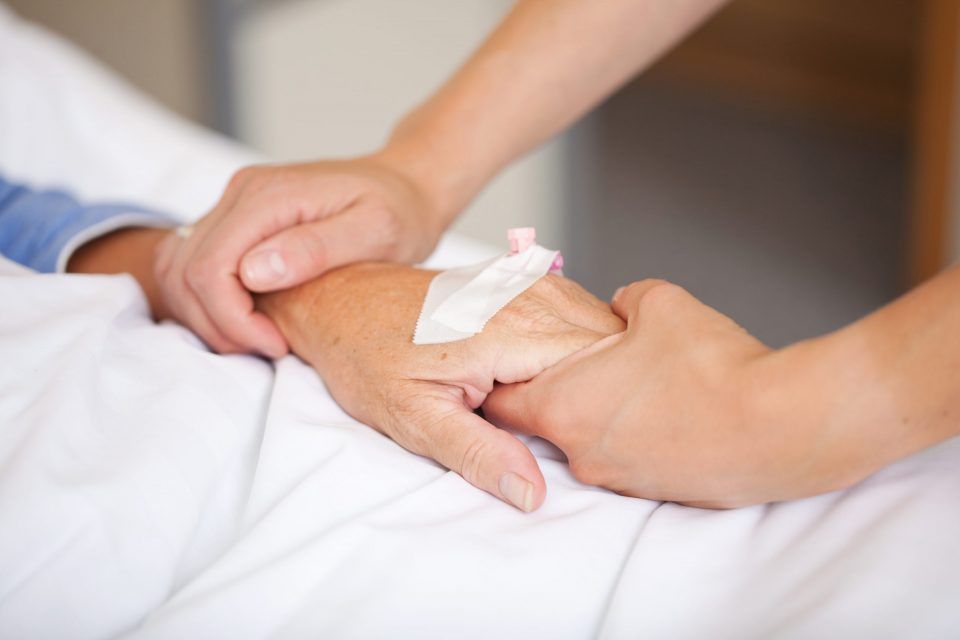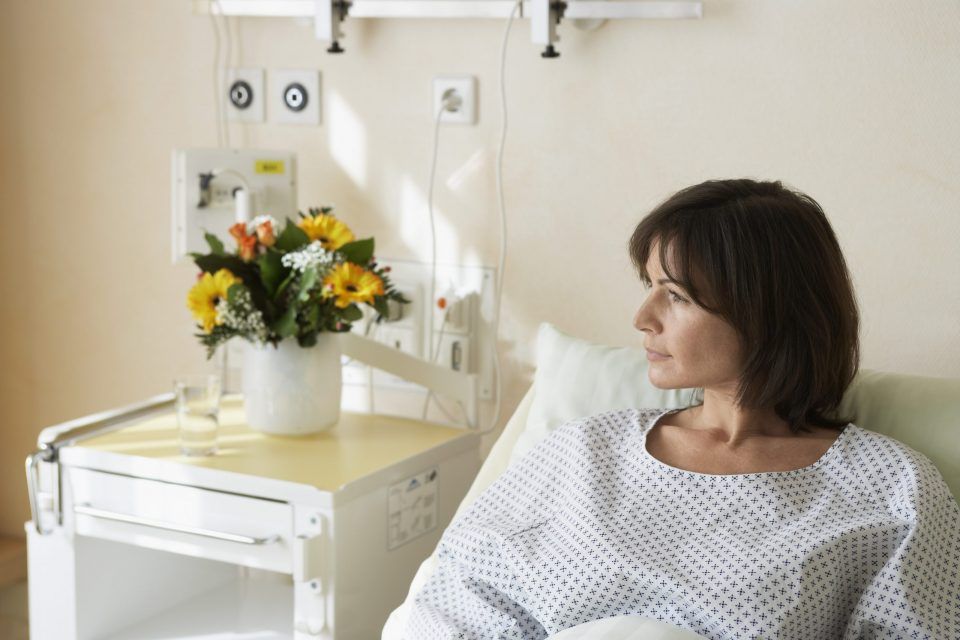melanoma in canada: stats, impact and resources
melanoma cases are on the rise in canada, and roughly 11,300 new cases are expected in 2024.
twitch streamer ninja diagnosed with skin cancer: how to spot the signs of melanoma and the latest treatments
melanoma is often the most dangerous type of skin cancer because it can spread fast. it typically occurs within moles that already exist on the body.
melanoma: catching it early can mean the difference between life and death
a stage 3 melanoma diagnosis came soon after maureen meehan noticed that a mole on her arm had changed shape, felt different and had become itchy.
 8 minute read
8 minute read


















